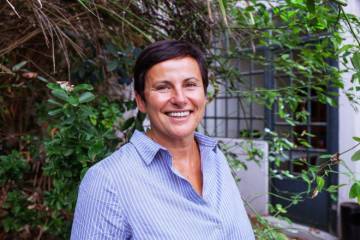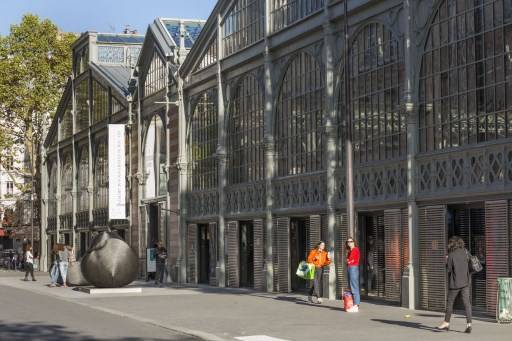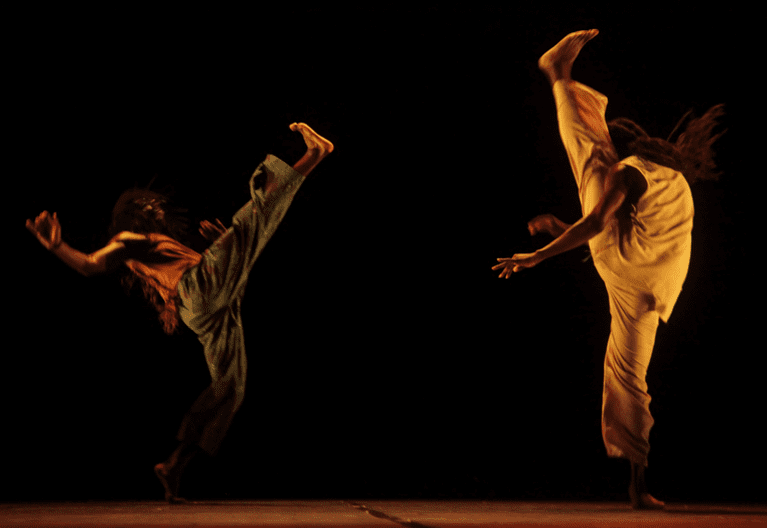As part of the Visibility Pact signed between the Ministry of Culture and the Ministry of Overseas, ONDA welcomes artists and professionals to the Carreau du Temple on December 1, 2022.
The arts and artists of the French Overseas Territories are rich in originality and diversity that are becoming better known. This is the result of a policy of the Ministry of Culture, which supports, through its operators and its devices, their creation, production and dissemination.
However, nothing is ever won: the remoteness, the insularity, the rarity of the formation, the narrow diffusion in a territory, whether gigantic or tiny, remain stubborn difficulties, to which are added today the need for an ever more professionalized companies, the consideration of environmental concerns, the health crises to overcome, the prospect of taking root in the major regions (Caribbean-Amazon-Quebec, Polynesia-New Zealand-New Caledonia-Australia…) despite barriers of borders and languages… These are exciting topics for which intelligent solutions must be invented.
Marie-Pia Bureau leads the Office national de diffusion artistique (ONDA), which is organizing a day dedicated to ultramarine creation, on December 1, 2022, at Temple tile in Paris. Co-built with the festival Mois Kréyol and the Tile, this day receives, as part of the Pact to facilitate the emergence and visibility of ultramarine artists » support from the Ministry of Culture and the Ministry of Overseas Affairs.
See the full programme of the day here
Marie-Pia Bureau, why are we talking about a “break in equity” between ultramarine artists and artists from France?
Marie-Pia Office: Overall, it is clear that many ultramarine artists come to train in France, and that sometimes they stay there to make a career. Some still choose to live their art at home, where they have every reason to want to develop their activity. But it is much more difficult than in France, where artists have between four and five hundred possible venues, where, in the territories that are the best developed in this regard, such as Martinique, Guadeloupe and Réunion, they find a maximum of three.
What is the Office national de diffusion artistique (ONDA) doing to support ultramarine artists?
Over the past 15 years, ONDA has engaged in very voluntary work, as close as possible to the ultramarine territories. Over the past four years, this work and our presence in these territories have been strengthened by the provisions of the Visibility pact.
That means regular and extensive travel. We go there with programmers. We try to look at existing companies, festivals and structures. We get to know each other, and we try to adapt the aids and supports to the needs we identify together. It results, in particular, tours of ultramarine artists in France, and conversely tours of Hexagon artists in the ultramarine territories.
What have these deeper relationships taught you?
Over the years, questions have evolved and our approach, especially our listening, has become much more refined. At first, we wondered what to look at the art that emerges in such different territories. Did it have to meet the hexagonal aesthetic criteria, at the risk of imposing a “western” refocusing? Conversely, another trap, did not we risk locking him in exoticism or folklore?
Today, the issues of access of ultramarine artists to France to train themselves or to disseminate their works are still relevant, but we also envisage new issues. Polynesian artists, for example, ask us to put them in contact with structures in the greater region: New Zealand and Australia. How can we encourage the different territories of these large regions to forge strong links between them? How can we help organize, for example, tours from Guyana to the Caribbean and Quebec?
At a time when ecological demands are becoming urgent, these questions become very important. Moreover, among the think tanks, there is also the idea that, in order to rebalance the carbon footprint, people from northern culture should travel less and people from the ultramarine territories, who also leave there with a lack of equity, are less concerned by this moderation.
Today, artists also express engineering needs to us. An artist can do a good job, but if he has no one to help him professionalize his activity, he will have trouble going beyond his familiar circle. And if, moreover, he is really far from the well-endowed places, this engineering is absolutely indispensable to him.
Finally, in a more conjunctural way, we know that an economic crisis is emerging for the living spectacle and we fear that it will lead to a withdrawal of the hexagonal structures. We must also adapt our aid system in order to continue and even expand the opening of the Hexagon networks to the ultramarine.
How will the Parisian day be organized at the Carreau du Temple on December 1st?
This day is organized, precisely, to highlight these questions of breach of equity, to try to remedy them as best as possible.
It will bring together many people, from different structures, all brought to work on these issues but sometimes each on its own: we, the ONDA, intervene on the dissemination of works, other organizations support the creation, other still residences, there are mobility fund…The goal here is for everyone to know each other.
We want to create a desire for cooperation. And that is why we will make artists' projects heard and collect the wealth of these territories in terms of artistic creation. And we also want to make the participants work together, asking them to think about what would allow them to better cooperate on all subjects. Our goal is to hear and encourage all exciting projects and initiatives.
An interdepartmental pact at the service of ultramarine creation
In 2022, the French Overseas Ministries and the Ministries of Culture agreed to provide artistic and cultural structures with a new basis for work and cooperation on creative/dissemination approaches, mobility and training/teaching of artists and ultramarine works.
The “Visibility Pact”, signed in March of this year, brings together the two departments and 24 partners around 11 commitments. A structuring document setting out commitments that value the existing and invite the continuation of actions over a longer term, it is followed, in the Ministry of Culture, by the General Delegation of Transmission, Territories and Cultural Democracy (DG2TDC).





